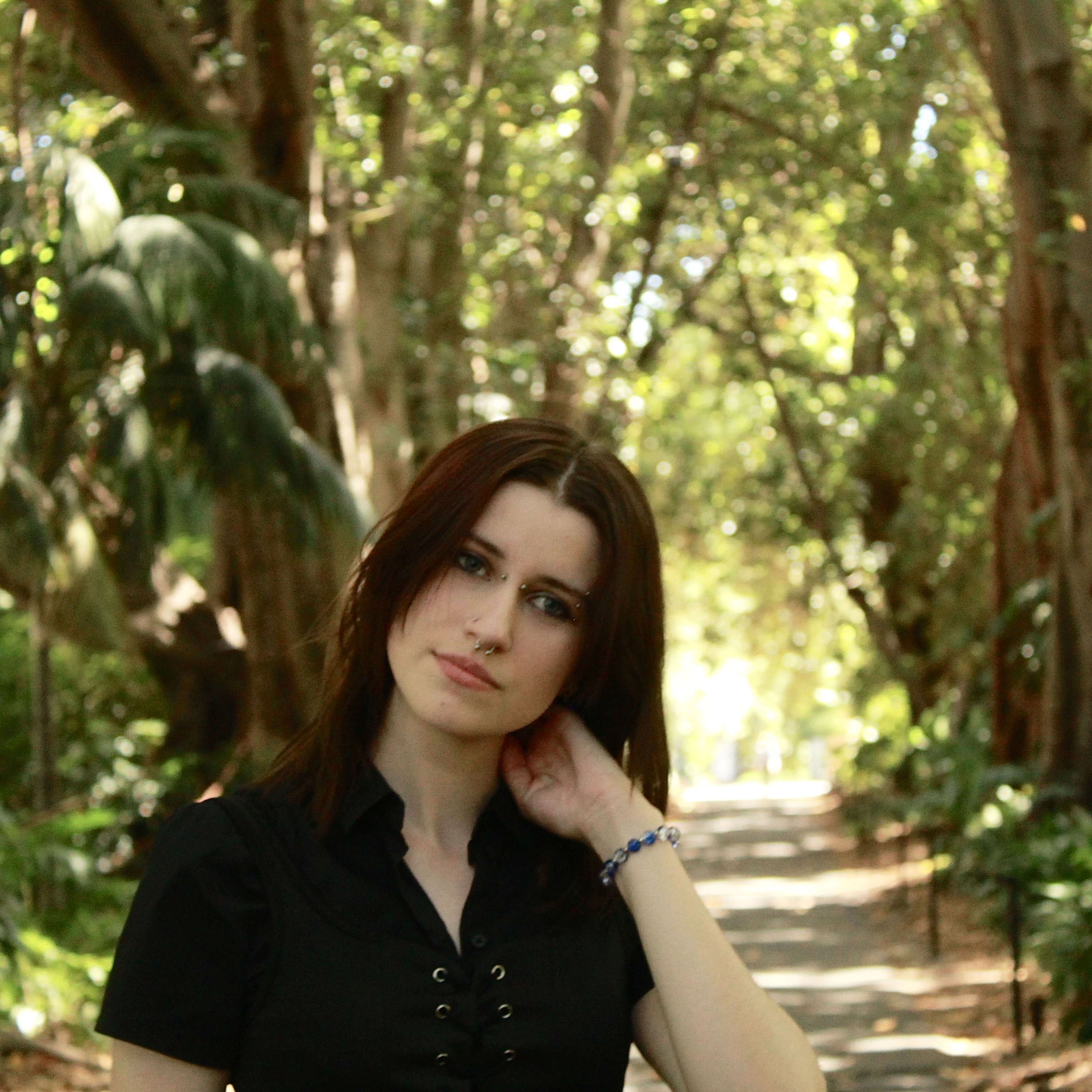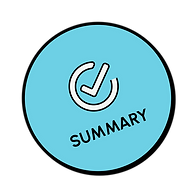Not the Enemy: Why Universities Should Lead the AI Shift (and How Tutbob Fits In)
- Paige

- Oct 27
- 2 min read

The article “Wrong battle? Universities must lead, not fight, AI integration” by James Yoonil Auh pinpoints a tension that’s been building recently in higher education: should universities view AI as a threat or an opportunity? This raises the question, how will AI integration challenge the future of education?
Moral panics around AI often stem from widespread fears and exaggerated claims that artificial intelligence poses a major threat to education, work, or society. Although, this is often blown out of proportion. Instead of seeing AI as a tool that can be shaped and guided, it is portrayed as an enabler for student cheating, a shortcut that undermines learning, and a force eroding literacy and critical thinking.
An example of this noted by the article is in The Economic Times that a teacher went viral after resigning with the warning that AI was “destroying our kids”, spouting fears about screen fatigue, cognitive dulling and declining literacy. Another account Jessica Grose from the New York Times proclaimed that AI would “destroy” students cognitive ability to exercise critical thinking. Although these concerns are excessive and undermine the potential of AI, Auh recognises this perfectly.
These narratives echo the pattern of moral panic, where fears are amplified and the potential of new technology is overshadowed by exaggerated risks. As James Yoonil Auh argues, this defensive framing places universities in the “wrong battle” resisting rather than reimagining education in an AI-driven world. He contends that treating AI as an enemy undermines the very mission of higher education in a rapidly changing world. Instead, he poses a strong call for institutional leadership rather than banning AI, to become leaders in setting standards and shaping how students use AI in real-world contexts. Auh’s call for universities to lead in AI adoption aligns with the capabilities of tools like Tutbob, which can model ethical AI use, enhance learning, and support teachers rather than replace them.
So how does Tutbob help aid the future of AI integration for universities, ethically and sustainably? Tutbob strengthens academic integrity by providing practice questions, feedback, and explanations, encouraging students to engage with content rather than bypass it. It works alongside teachers, reinforcing what’s taught instead of undermining it, rather than replacing them. Skill erosion is mitigated by designing quizzes and questionnaires for users to test their skills and deepen understanding rather than replace effort. While no AI tool is perfect, when integrated thoughtfully under teacher guidance, Tutbob supports Auh’s vision of universities AI integration.
AI is here to stay. The choice for universities isn’t whether to allow it, but how to shape its role in education. By leading rather than resisting, institutions can create a culture where AI strengthens learning outcomes, fosters creativity, and prepares graduates for the future of work. If universities frame AI only through panic, they risk falling behind. If they frame it as an opportunity, they can guide its use responsibly, providing endless possibilities for personalised learning. The real question isn’t whether students will use AI, they already are. The question is whether universities will lead the way in showing them how to use it well.















Comments